December 9, 2015
Glassdoor announces lists of the best places to work for 2016 0
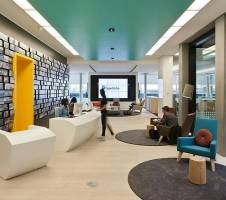 Job site Glassdoor has announced the winners of its annual Employees’ Choice Awards, honouring the best places to work across Europe and North America. The Awards are based on the input of employees who provide anonymous feedback by completing a company review about their job, work environment and employer. This year, Glassdoor has expanded the awards programme to include six categories, highlighting the Best Places to Work across the UK, France, Germany, US and Canada. This is the second time Glassdoor has identified the best places to work in the UK and the first time in both France and Germany. Winners are ranked based on their overall rating achieved during the past year based on a five point scale. According to Glassdoor, the top five UK Best Places to Work in 2016 are, in order: Expedia (average 4.4 rating), Hays Plc (4.4 rating), AKQA (4.2 rating), GE (4.2 rating), Schuh (4.1 rating).
Job site Glassdoor has announced the winners of its annual Employees’ Choice Awards, honouring the best places to work across Europe and North America. The Awards are based on the input of employees who provide anonymous feedback by completing a company review about their job, work environment and employer. This year, Glassdoor has expanded the awards programme to include six categories, highlighting the Best Places to Work across the UK, France, Germany, US and Canada. This is the second time Glassdoor has identified the best places to work in the UK and the first time in both France and Germany. Winners are ranked based on their overall rating achieved during the past year based on a five point scale. According to Glassdoor, the top five UK Best Places to Work in 2016 are, in order: Expedia (average 4.4 rating), Hays Plc (4.4 rating), AKQA (4.2 rating), GE (4.2 rating), Schuh (4.1 rating).






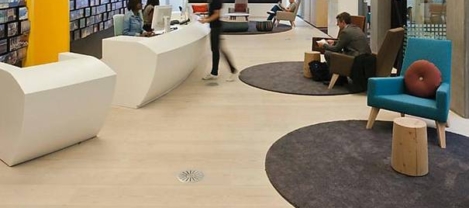
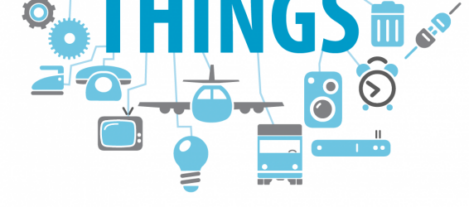
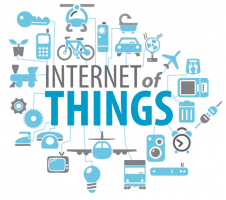






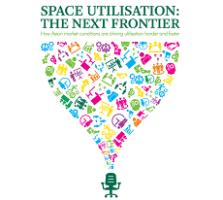


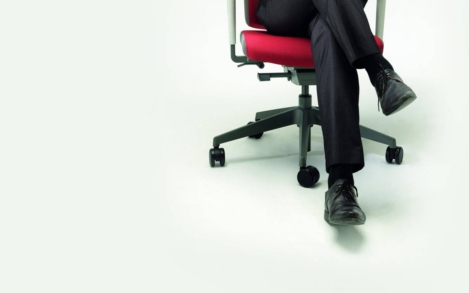
 In years gone by, a ‘one size fits all’ approach to office design might have been the norm, but as the decades have progressed, so too have the options available to businesses designing ‘homes from home’ for their office-based workforces. As new interpretations of the office environment proliferated, so the open plan model came to into being and eventually evolved into the default office design model. This initially brought greater variety than ever before but, ultimately, a one size fits all mentality in
In years gone by, a ‘one size fits all’ approach to office design might have been the norm, but as the decades have progressed, so too have the options available to businesses designing ‘homes from home’ for their office-based workforces. As new interpretations of the office environment proliferated, so the open plan model came to into being and eventually evolved into the default office design model. This initially brought greater variety than ever before but, ultimately, a one size fits all mentality in 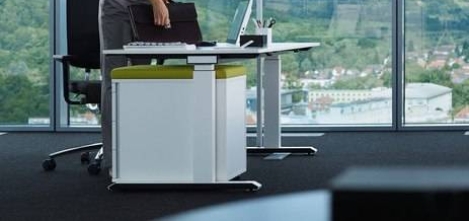
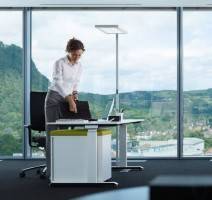 Biodynamic lighting is an artificial light source that replicates the dynamic variations of daylight and sunlight through a light management system. Up until recent times, it was commonly believed that light was only needed for seeing. However, in 2001, an American scientist, G. C. Brainard discovered a circadian photoreceptor in the retina, which receives a specific quality and quantity of light, and sets the biological clock.* He discovered that light not only provides us with the ability to see, but that light enters the eye via the ‘fourth pathway’, which has a vital non-visual or biological effect on the human body. His studies showed that a certain quantity and quality of light stimulates the biological clock, also known as the circadian rhythm, which regulates hormone levels, particularly melatonin and cortisone, in the body and so plays a vital role in our physical and mental wellbeing.
Biodynamic lighting is an artificial light source that replicates the dynamic variations of daylight and sunlight through a light management system. Up until recent times, it was commonly believed that light was only needed for seeing. However, in 2001, an American scientist, G. C. Brainard discovered a circadian photoreceptor in the retina, which receives a specific quality and quantity of light, and sets the biological clock.* He discovered that light not only provides us with the ability to see, but that light enters the eye via the ‘fourth pathway’, which has a vital non-visual or biological effect on the human body. His studies showed that a certain quantity and quality of light stimulates the biological clock, also known as the circadian rhythm, which regulates hormone levels, particularly melatonin and cortisone, in the body and so plays a vital role in our physical and mental wellbeing.





















December 1, 2015
How our preconceptions can lead us to fail the office design bench test
by Mark Eltringham • Comment, Furniture, Workplace design
More →